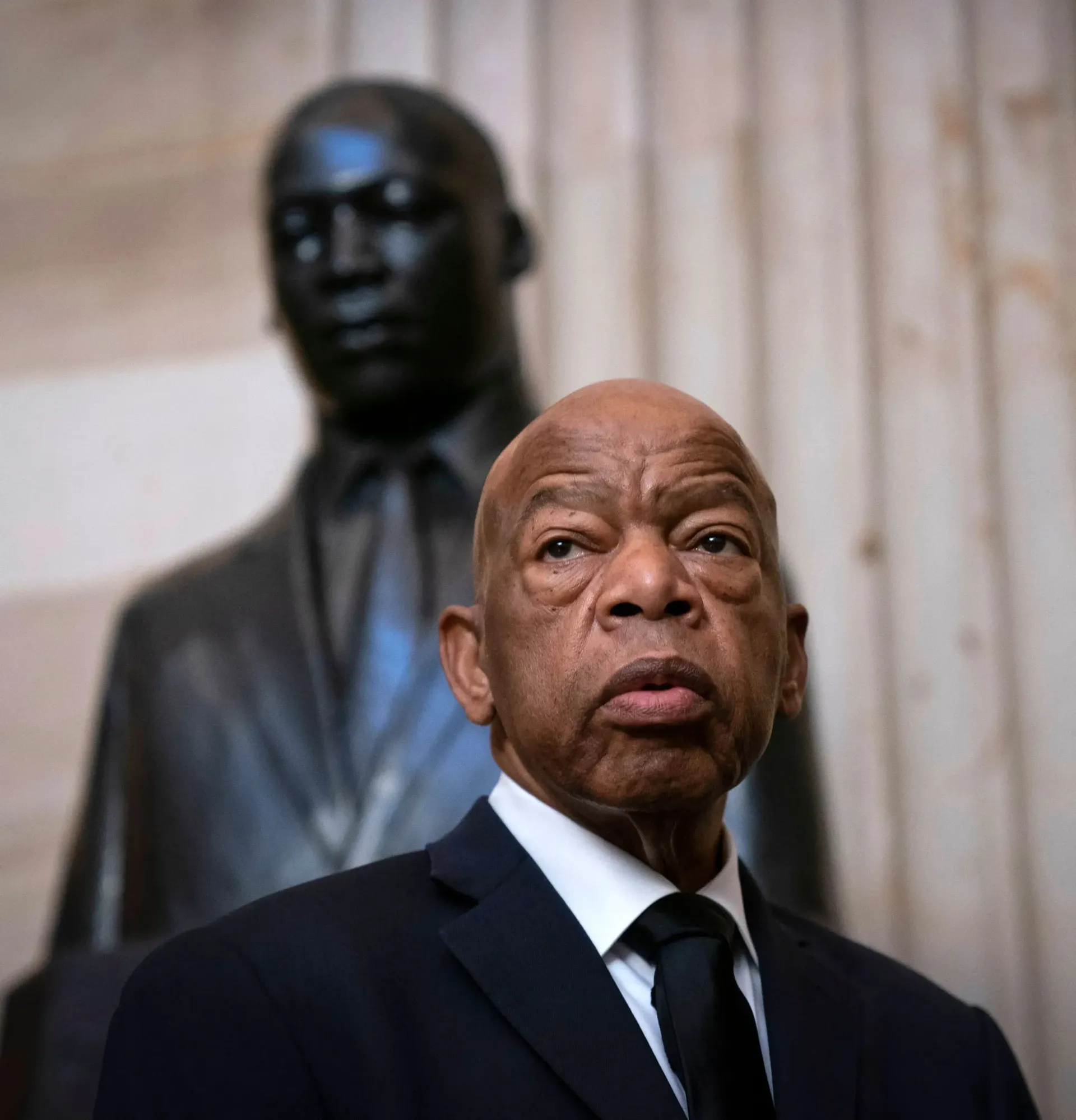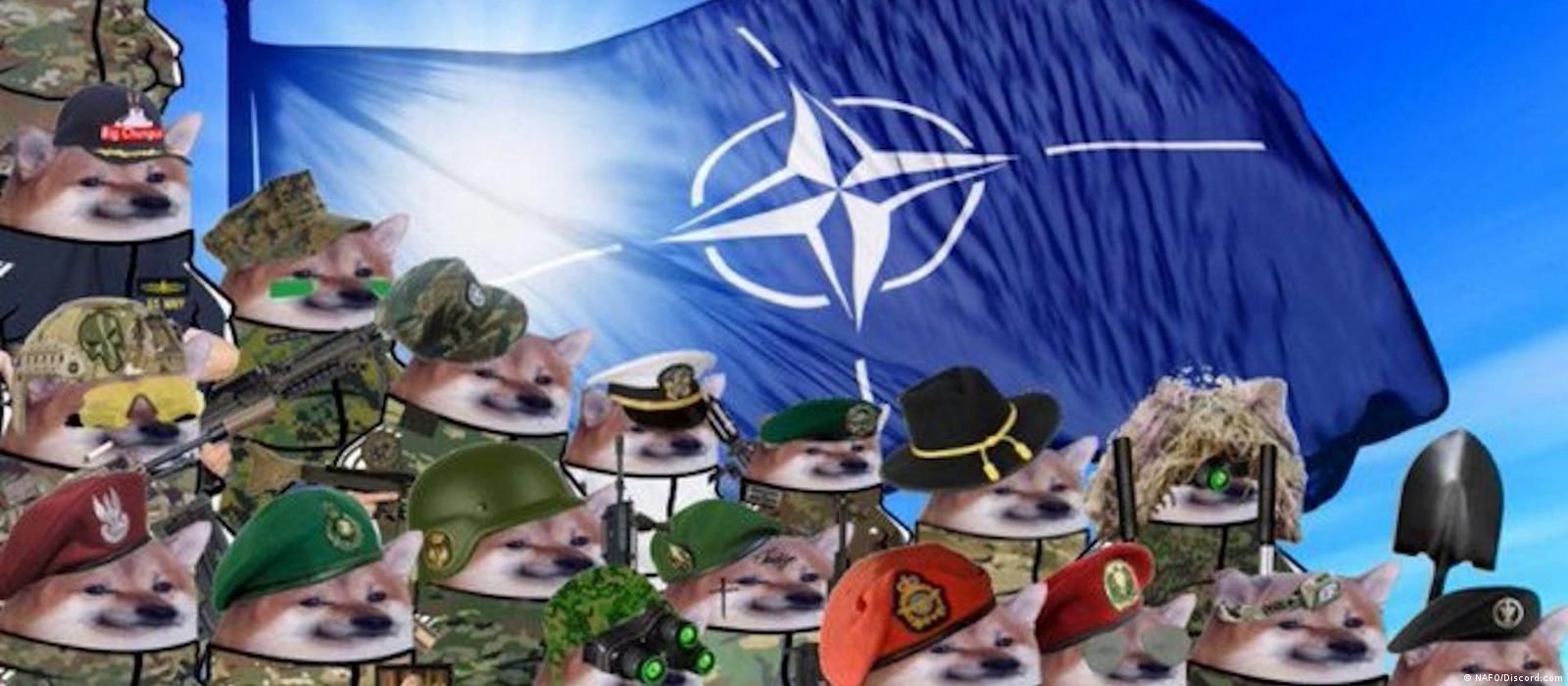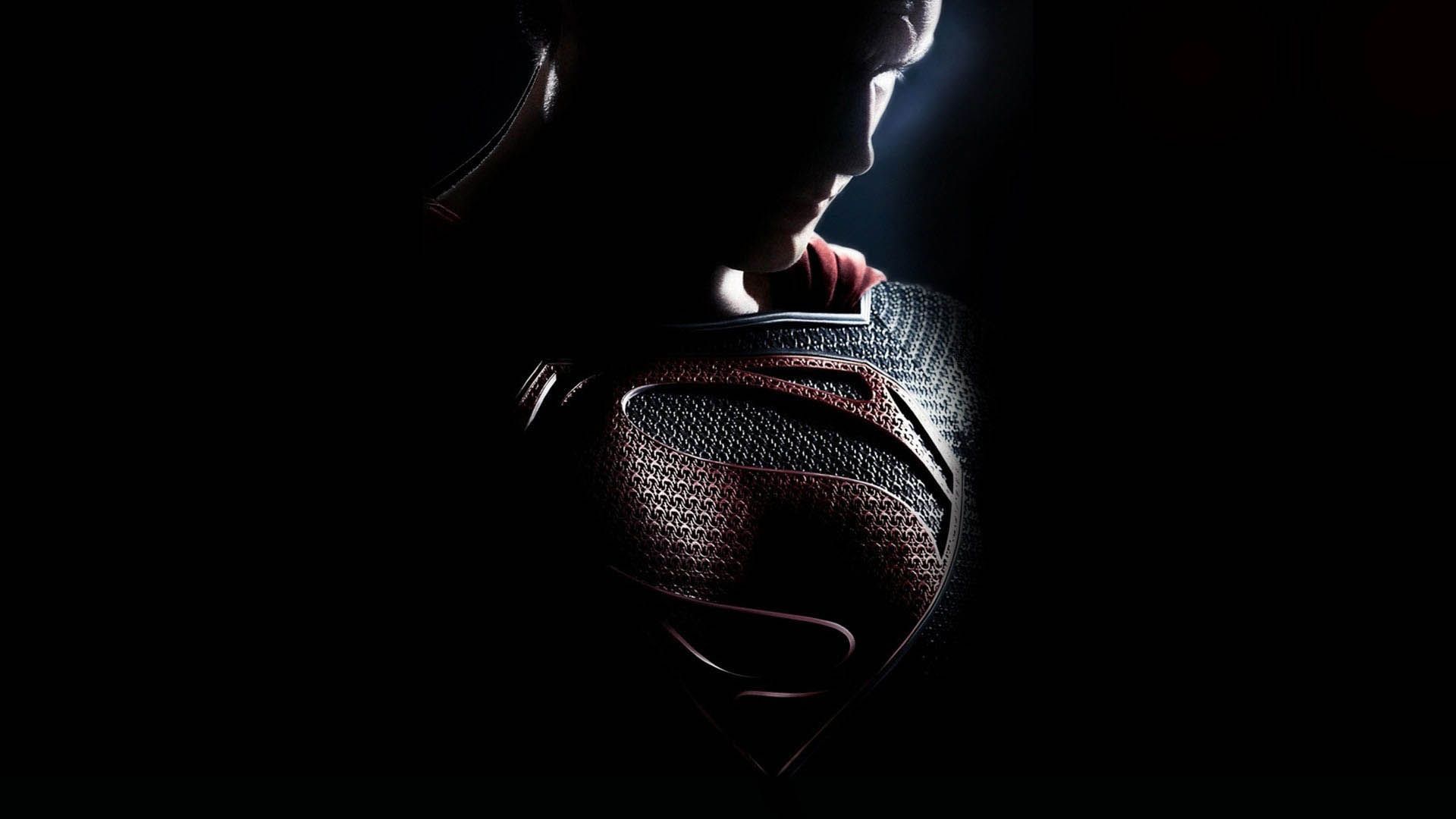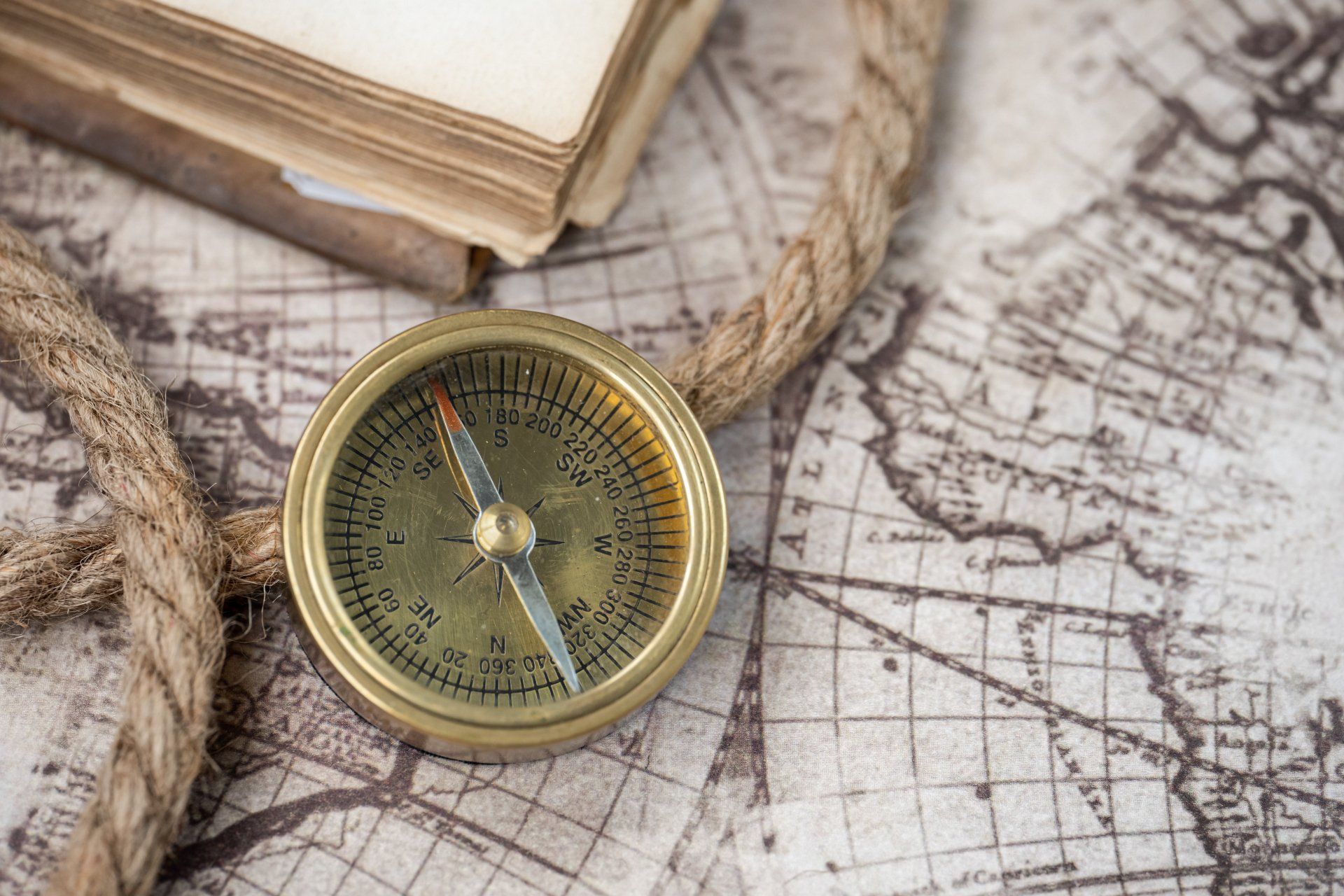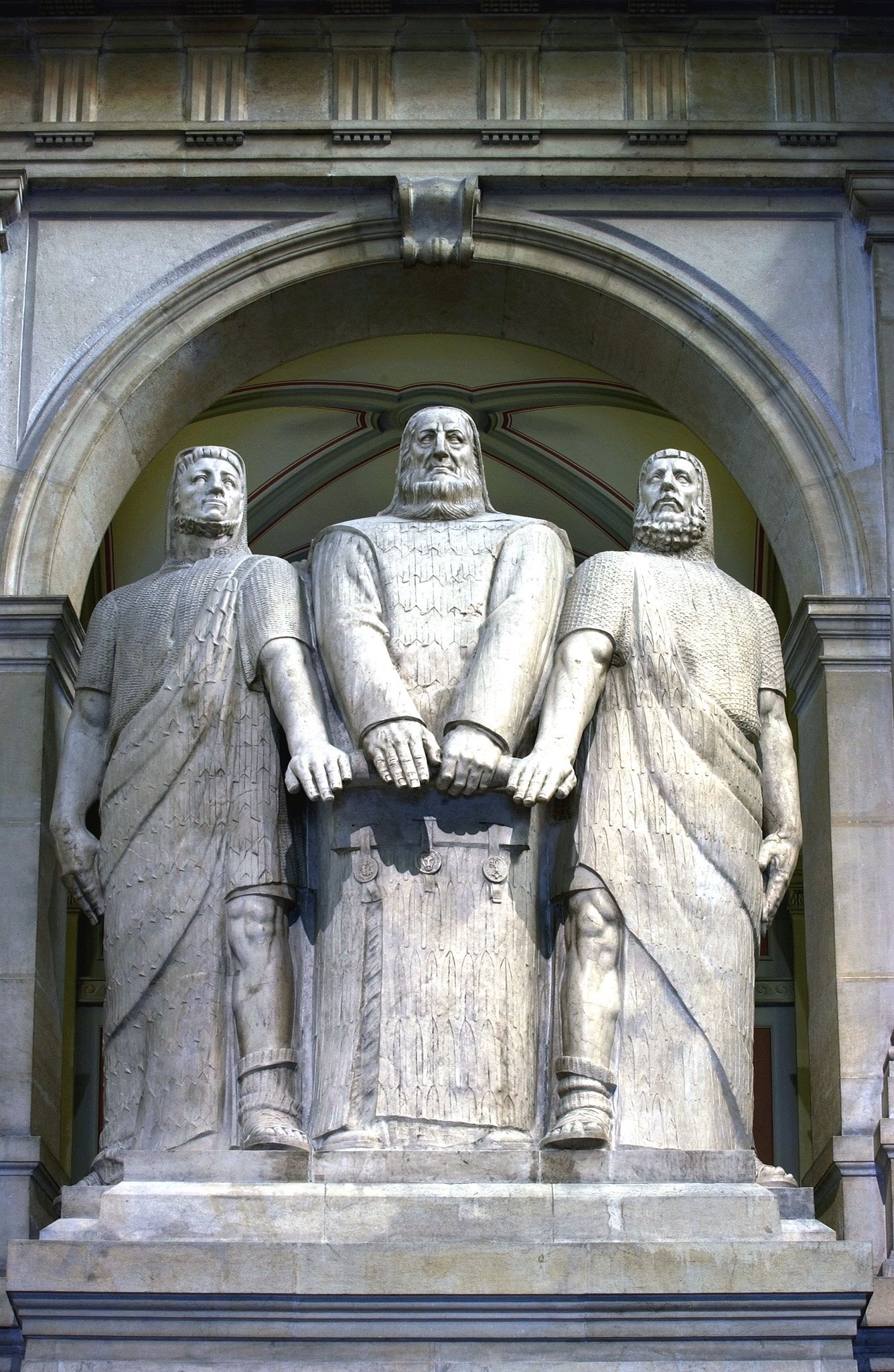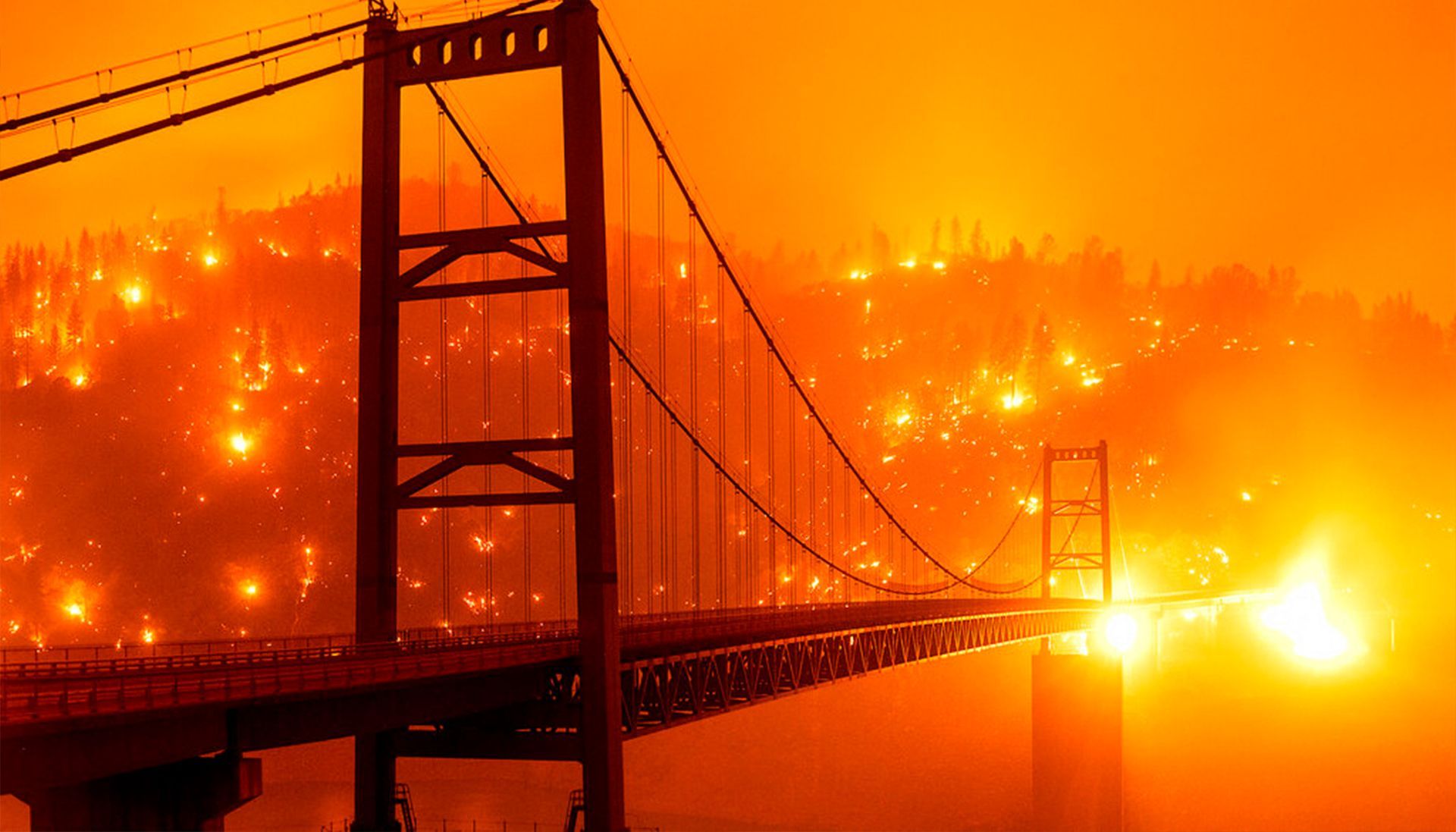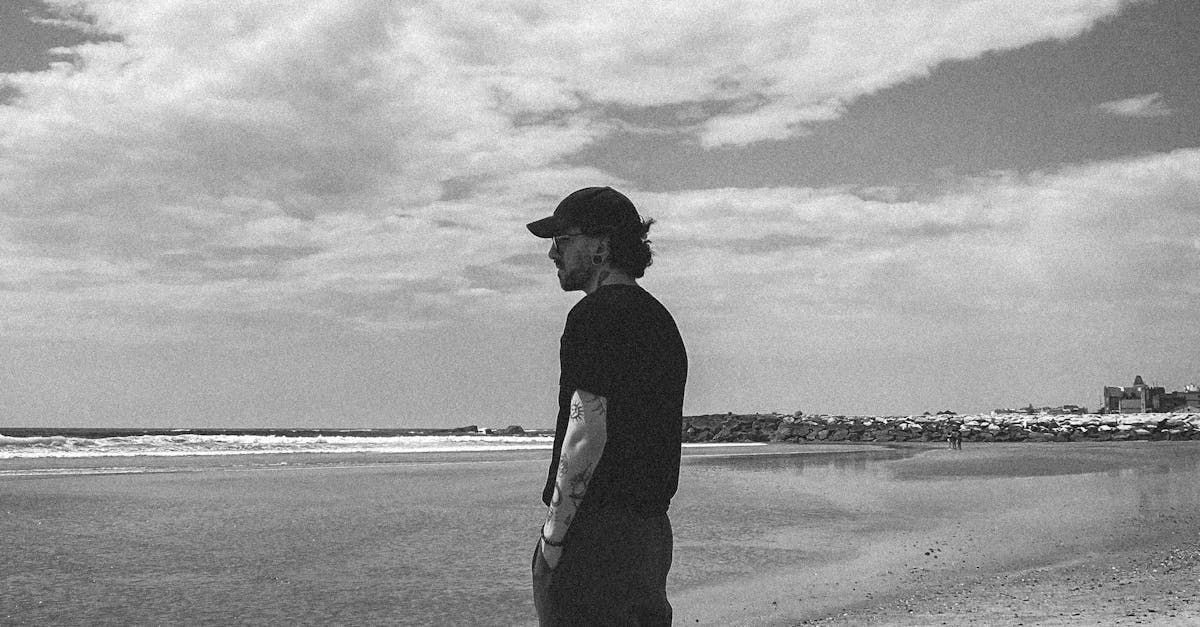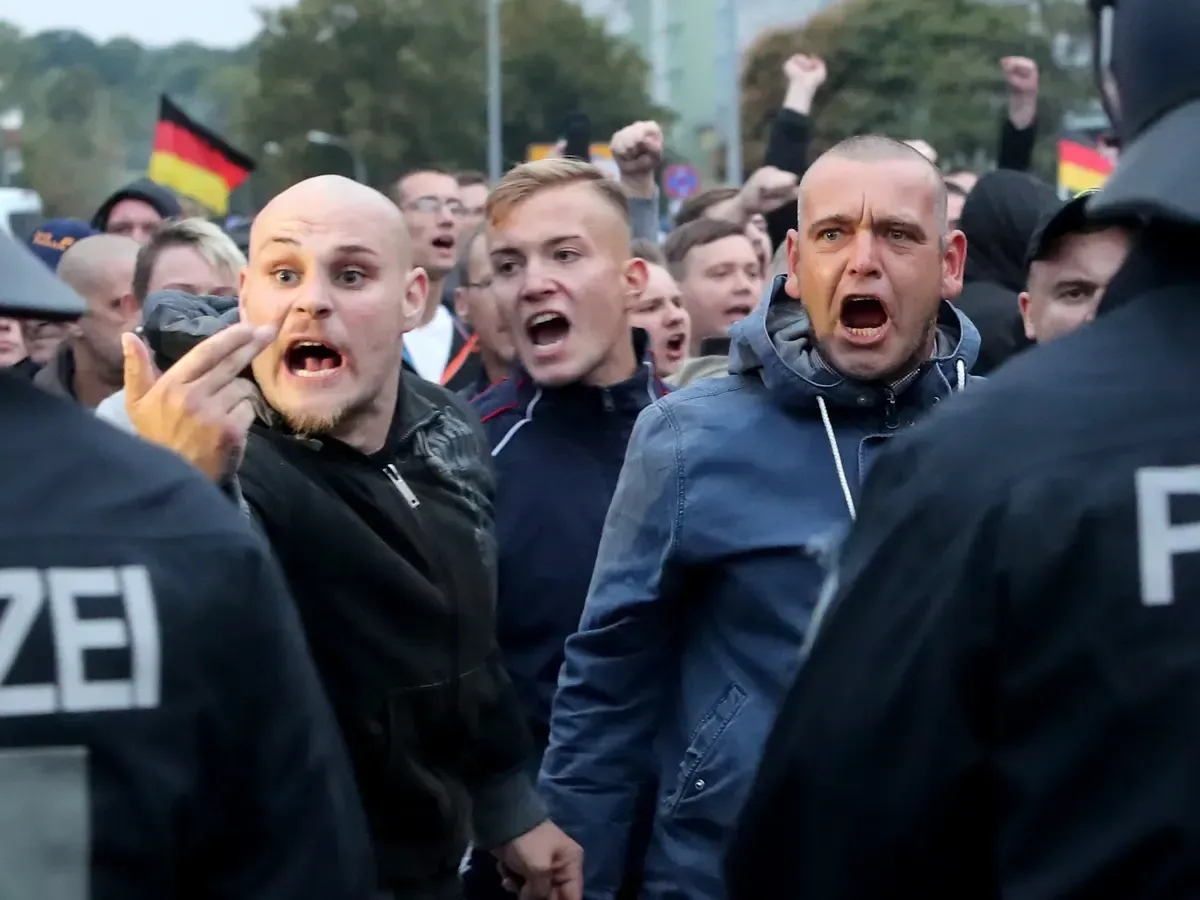The Way of the Warrior: How Martial Arts Forge Character and Foster Peace
From Violence to Virtue: Martial Arts & Character Development
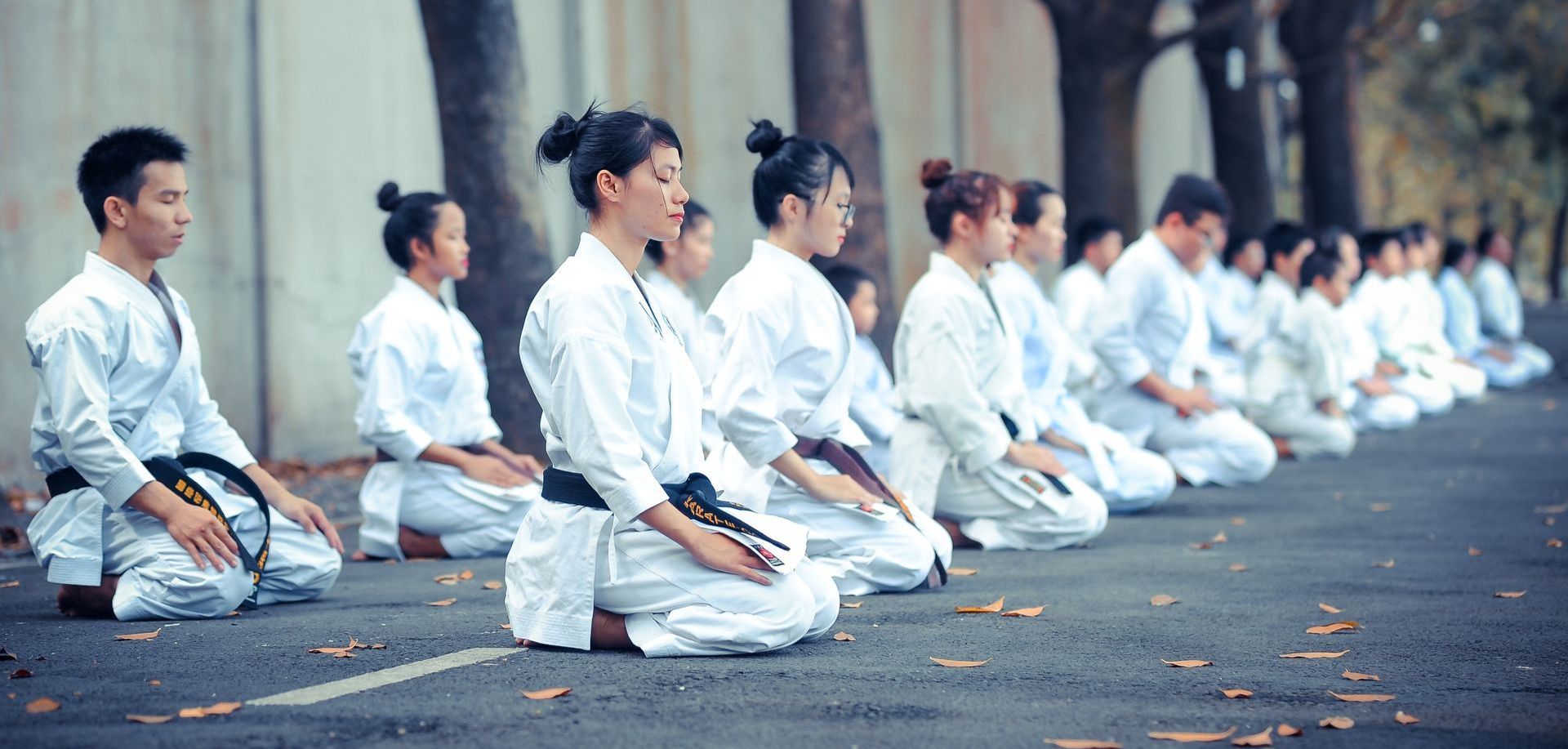
The Way of the Warrior: How Martial Arts Forge Character and Foster Peace (November 2023)
I've been thinking about teenagers and hierarchy. They're obsessed with it - who's popular, who's not, who has followers, who gets invited where. Every high school is a complex web of social rankings based on the worst possible criteria: cruelty, wealth, physical development, willingness to exclude others. Kids are desperate to know where they stand, and without healthy structures, they create toxic ones.
This hit me last week watching a martial arts class. A sixteen-year-old yellow belt was struggling with a technique. The instructor called over a brown belt to help - a fourteen-year-old girl who'd been training since she was six. Without hesitation, the older boy bowed to her, called her "ma'am," and listened intently as she corrected his form. In any other context, this would be unthinkable. A sixteen-year-old boy taking instruction from a younger girl? Showing her deference and respect? But on the mat, the hierarchy is clear and merit-based. She'd earned her rank through years of dedication. He was still learning. Age became irrelevant.
This is what we're missing in modern youth development. Kids need hierarchy - it's developmentally hardwired. They need to know where they stand, how to advance, what excellence looks like. Martial arts provides this in the healthiest possible form. The belt system makes progress visible and celebratable. You can't fake your way to a black belt. You can't buy one. Your parents can't negotiate for one. You earn it through sweat, persistence, and demonstrated skill. Every kid in the dojo knows exactly where they rank and exactly what they need to do to advance. The path is clear, the standards are objective, and the recognition is real.

But martial arts serves another population even more powerfully: the kids who are already in trouble. The ones who've found hierarchy on the streets, where rank comes from violence and respect comes from fear. These kids aren't inherently bad - they're responding to the same developmental needs as their peers, just in destructive ways. They want structure, recognition, a place to belong, a way to prove themselves. The streets offer all of this, wrapped in danger and dead ends.
A good martial arts program offers the same things but channels them toward growth instead of destruction. The kid who's been fighting on the streets suddenly finds himself in a place where fighting has rules, where strength serves discipline, where respect is earned through control rather than chaos. The sensei becomes the authority figure they can actually respect - not because of a badge or title, but because the sensei can demonstrate superior skill. The dojo becomes the tribe where they belong, but belonging requires following the code. The belt progression becomes the ranking system, but advancement requires self-control rather than violence.
I've watched this transformation happen. Kids who arrived angry and destructive gradually become focused and protective. The same kid who used to start fights becomes the senior student helping nervous beginners. The aggression doesn't disappear - it gets channeled into breaking boards instead of jaws, into perfecting techniques instead of perfecting intimidation. They're still warriors, but now they're warriors with a code.
This protective instinct extends beyond the dojo in powerful ways. There's a motorcycle club that shows up at court proceedings where children have to testify against their abusers. Twenty or thirty bikers in full leather walk in with the child, sit behind the defendant, and simply exist. They don't say anything. They don't have to. Their presence completely changes the power dynamic in that courtroom. The child who was terrified to face their abuser suddenly has an army at their back. The abuser who was counting on intimidation suddenly realizes they're surrounded by people who could destroy them but choose not to - which is somehow more terrifying than if they were violent.
Martial arts communities do the same thing. Imagine a thirteen-year-old girl who has to testify against her abuser. She's terrified, traumatized, being asked to relive the worst experience of her life while her attacker sits twenty feet away, staring at her. Now imagine the same scene after twenty black belts from her dojo walk in with her. They sit directly behind the defendant. They don't threaten. They don't glare. They just exist - calm, present, capable. The girl knows she's protected. The abuser knows it too. The entire energy of the room shifts. The predator who relies on victims being isolated and powerless suddenly faces a united community that could deliver consequences the legal system might not.
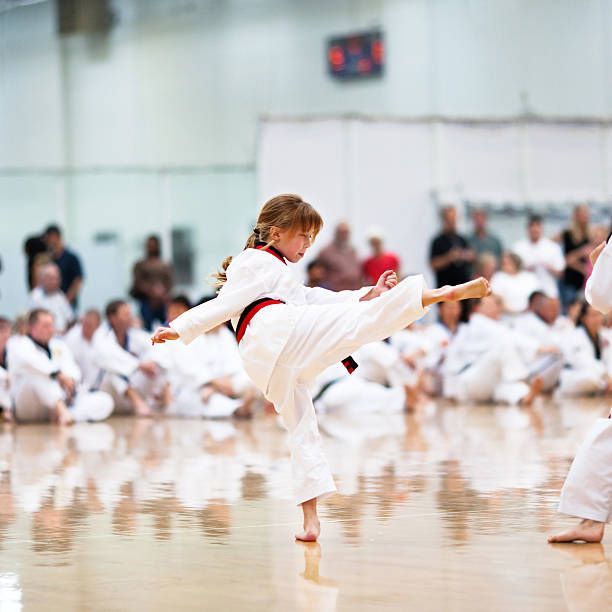
This brings me to something we need to talk about honestly: predators will always exist. We can run all the consent education programs we want. We can teach boys to respect women from birth. We can create awareness campaigns and bystander intervention training. All of these are important and necessary. But there will always be individuals who see others as prey, who get satisfaction from domination and violation, who understand consent perfectly well and simply don't care. They're not confused about boundaries - they enjoy crossing them. They're not unaware of the harm they cause - the harm is the point.
The only thing predators understand is power. The only thing that changes their behavior is the possibility of immediate consequences. A predator who knows his intended victim might break his arm is a predator who reconsiders his plans. This isn't about victim-blaming or making women responsible for preventing their own assaults. It's about recognizing reality: predators hunt the vulnerable. The solution is to eliminate vulnerability.
This is why The Society of Good People is making women's martial arts training one of our first concrete initiatives. Not as some philosophical exercise but as practical empowerment. A woman with ten years of Brazilian Jiu-Jitsu training isn't an easy target. A teenage girl who can deliver a knockout kick doesn't fit the victim profile predators seek. When enough women and girls are trained, the entire dynamic shifts. Predators can no longer assume physical superiority. They can't count on their victims freezing in fear. The pool of potential victims shrinks dramatically.
But it's not just about the physical techniques. Martial arts training changes how you carry yourself. It shows in your walk, your posture, your willingness to make eye contact. Predators are experts at reading body language - they look for uncertainty, submission, fear. A woman who's spent years on the mat broadcasts something different: capability, awareness, the absence of easy victimhood. She might never need to throw a punch, because predators will recognize she's not worth the risk.
The benefits compound when we think about communities. That thirteen-year-old girl testifying against her abuser doesn't just have twenty black belts with her - she's probably training alongside other girls who've faced similar trauma. They understand each other. They protect each other. They build strength together. The dojo becomes a healing space where victims transform into warriors, where trauma becomes fuel for empowerment rather than a life sentence of fear.
This is what martial arts offers beyond self-defense: transformation of trauma into strength, isolation into community, vulnerability into capability. It provides healthy hierarchy for kids desperate to know where they stand. It offers troubled youth a path to redemption that honors their warrior nature while channeling it constructively. It gives communities a way to protect their vulnerable members through presence rather than violence. It empowers women and girls with the only currency predators respect: the ability to inflict consequences.
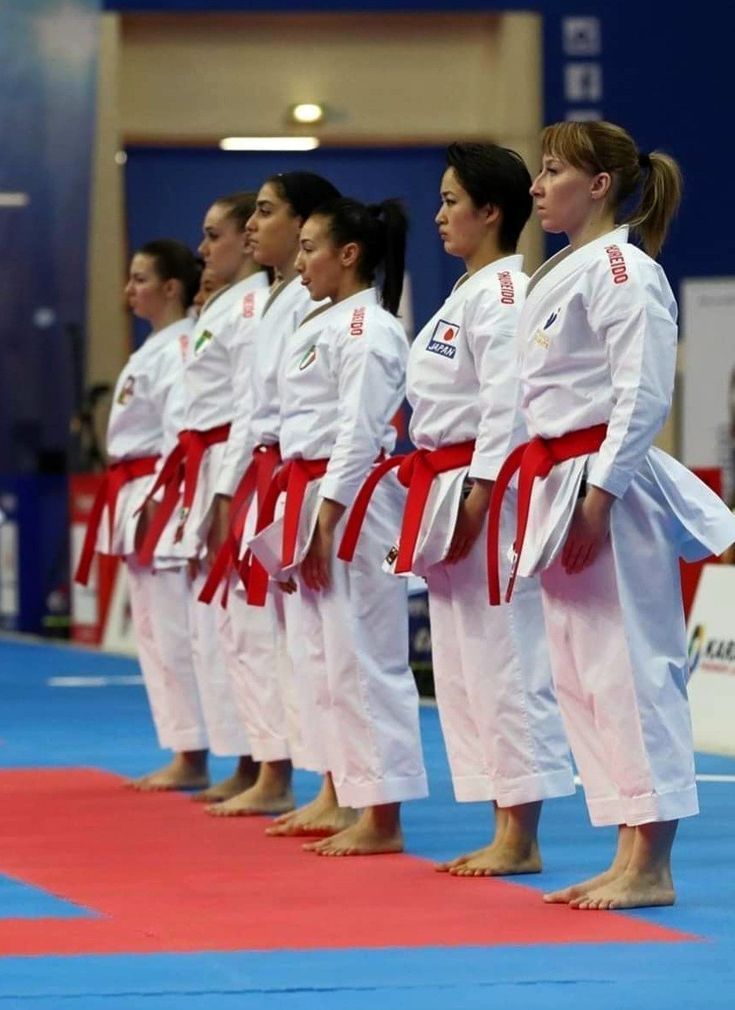
None of this happens overnight. A weekend self-defense seminar won't create these transformations. We're talking about years of training, about making martial arts as common as any other extracurricular activity. Every kid should have access to quality martial arts instruction, just like they have access to sports or music programs. The dojo should be as common in communities as the basketball court.
The investment pays off exponentially. Kids with healthy ways to establish hierarchy don't create toxic social structures. Troubled youth with constructive outlets for aggression don't end up in prison. Communities that can protect their vulnerable members don't live in fear. Women who can defend themselves change the entire calculus of predation.
This is why The Society of Good People isn't just philosophizing about martial arts - we're committed to making training accessible, especially for those who need it most. The girl from the broken home who can't afford classes. The teenage boy one bad decision away from gang involvement. The woman who's tired of arranging her life around avoiding danger. These are our priorities.
Martial arts won't solve every problem. But it addresses something fundamental we've lost in modern society: the ability of good people to be physically capable of defending goodness. We've outsourced our safety to police who arrive after the damage is done, to courts that maybe deliver justice years later, to systems that fail the vulnerable daily. Martial arts returns capability to communities, to families, to individuals.
The way of the warrior isn't about creating violence - it's about creating people capable of ending it. It's about building humans who are dangerous but disciplined, powerful but protective, capable but controlled. When enough people embody these qualities, the entire social dynamic shifts. Bullies think twice. Predators hunt elsewhere. Communities police themselves. Good people stop being synonymous with helpless people.
This is what I glimpsed that summer in Croatia but couldn't fully articulate. This is what every healthy society throughout history has understood. This is what we need to rebuild: not a warrior class separate from society, but a society where being a good person includes being a capable person. Where our kids find healthy hierarchy and earned recognition. Where our troubled youth find redemption through discipline. Where our communities can protect those who need protection. Where predators face a world with no easy victims.
The path is clear. The only question is whether we'll walk it.


